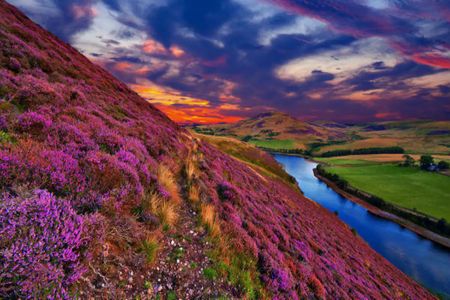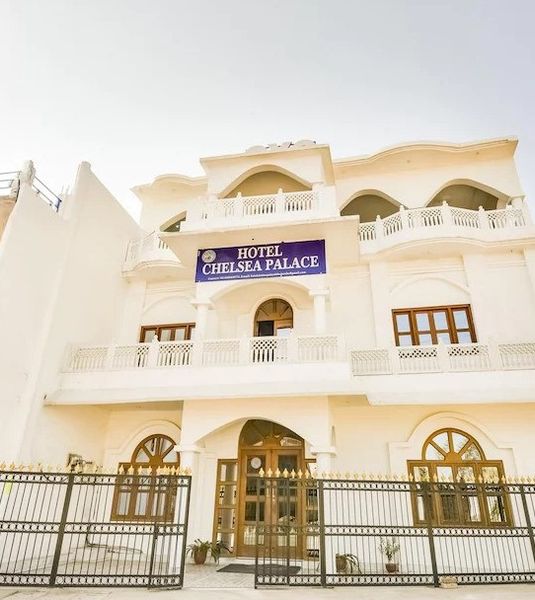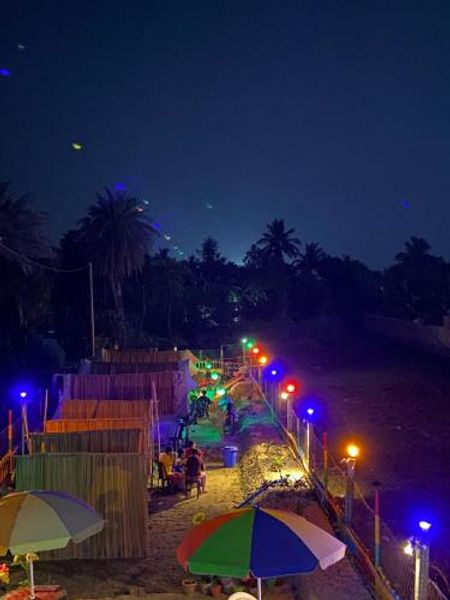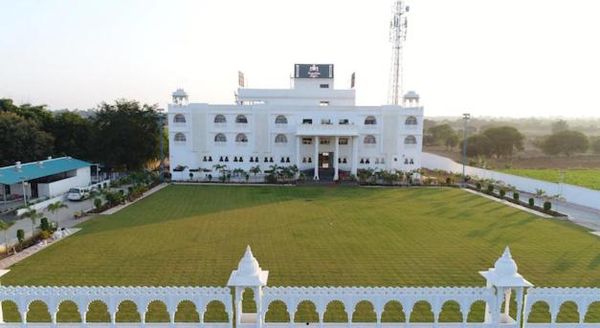Trek to Hemkund Sahib & Valley of Flowers: A Journey of Beauty and Belief
 Palakshi Meharwal
11 Mar, 2025
8 mins read
0
Palakshi Meharwal
11 Mar, 2025
8 mins read
0

The trek to Hemkund Sahib and the Valley of Flowers is a mesmerizing blend of natural splendor and spiritual fulfillment. Nestled in the Garhwal Himalayas of Uttarakhand, this journey captivates trekkers, pilgrims, and nature enthusiasts alike. With breathtaking landscapes, rare flora, and deep-rooted religious significance, it offers an experience that lingers in one’s heart forever.
A Glimpse into the Valley of Flowers
Declared a UNESCO World Heritage Site, the Valley of Flowers is a paradise for botanists and adventure seekers. Discovered in 1931 by British mountaineer Frank Smythe, this high-altitude valley bursts into a vibrant mosaic of colors during the monsoon months. Located at an altitude of approximately 3,658 meters (12,000 feet), the valley spans over 87 square kilometers and boasts over 500 species of wildflowers, including blue poppies, orchids, and the elusive Brahma Kamal.
Floral Extravaganza
The Valley of Flowers is home to an astonishing variety of alpine flowers that bloom between July and September. Some of the prominent species include:
- Blue Poppy: A rare Himalayan beauty with delicate blue petals.
- Brahma Kamal: The state flower of Uttarakhand, revered in Hindu mythology.
- Anemones and Rhododendrons: Adding to the valley's vibrant hues.
Beyond its flora, the valley harbors diverse fauna, including the elusive snow leopard, Himalayan monal (state bird of Uttarakhand), and musk deer. The soothing ambiance, punctuated by the sound of flowing streams and rustling leaves, makes the trek an unforgettable experience.
Hemkund Sahib: A Spiritual Sojourn
At an altitude of 4,632 meters (15,200 feet), Hemkund Sahib is one of the highest gurudwaras in the world. This revered Sikh pilgrimage site is dedicated to Guru Gobind Singh, the tenth Sikh Guru. According to Sikh history, Guru Gobind Singh meditated at this very location in a previous incarnation.
The Serene Lake and Gurudwara
Hemkund Sahib is nestled beside a crystal-clear glacial lake, surrounded by seven snow-clad peaks. Pilgrims take a holy dip in the icy waters before offering prayers at the gurudwara. The peaceful atmosphere and the sight of floating Brahma Kamal flowers enhance the spiritual aura of this sacred site.
Trekking Route and Difficulty Level
The trek to Hemkund Sahib and the Valley of Flowers starts from Govindghat, a small town near Joshimath. The journey is divided into multiple stages:
1. Govindghat to Ghangaria (13 km)
The trek begins with a 13-km ascent from Govindghat to Ghangaria, a picturesque village that serves as the base camp for both Hemkund Sahib and the Valley of Flowers. The trail follows the Pushpawati River and is dotted with lush green landscapes and small dhabas offering refreshments.
2. Ghangaria to Valley of Flowers (4 km, one way)
The next leg involves a relatively moderate 4-km trek to the Valley of Flowers. Trekkers are greeted by a burst of colors and aromatic blooms. A leisurely exploration of the valley can take 4-5 hours, allowing ample time for photography and nature appreciation.
3. Ghangaria to Hemkund Sahib (6 km, steep ascent)
Considered the most challenging part of the trek, this steep 6-km climb to Hemkund Sahib requires endurance. The trail is adorned with stone pathways and scenic viewpoints. Ponies and porters are available for those who need assistance. Upon reaching the gurudwara, the sight of the tranquil lake and the spiritual hymns create a deeply moving experience.
Best Time to Visit
The ideal time for the Hemkund Sahib and Valley of Flowers trek is from mid-July to mid-September. During this period, the valley is in full bloom, and the weather is relatively stable. However, trekkers should be prepared for unpredictable mountain weather, including occasional rainfall and cold temperatures at higher altitudes.
Essential Tips for Trekkers
- Physical Fitness: The trek involves moderate to high difficulty, so prior cardiovascular and strength training is beneficial.
- Acclimatization: Spend a day in Govindghat or Joshimath to adapt to the altitude.
- Packing Essentials: Carry waterproof trekking gear, sturdy shoes, warm clothing, and essential medications.
- Permits: Entry permits for the Valley of Flowers can be obtained at the forest check post in Ghangaria.
- Sustainable Trekking: Avoid littering and respect the fragile ecosystem by sticking to designated trails.
Conclusion
A trek to Hemkund Sahib and the Valley of Flowers is more than just a journey; it is a transformative experience. Whether you seek divine blessings or wish to immerse yourself in nature’s bounty, this trek offers a unique blend of beauty and belief. With breathtaking views, a rich floral kingdom, and spiritual tranquility, it remains one of India’s most cherished trekking destinations.
Written By:
Palakshi Meharwal



Hotels at your convenience
Now choose your stay according to your preference. From finding a place for your dream destination or a mere weekend getaway to business accommodations or brief stay, we have got you covered. Explore hotels as per your mood.





